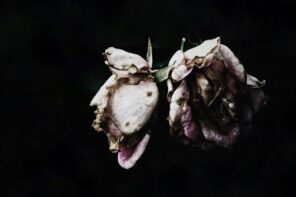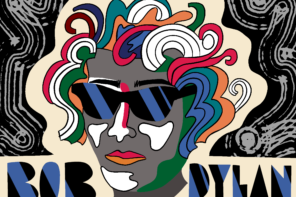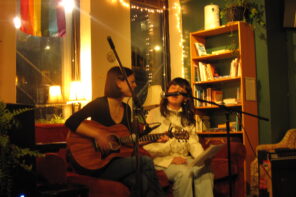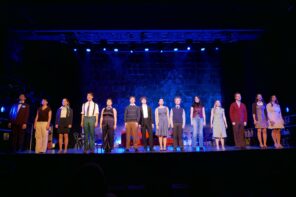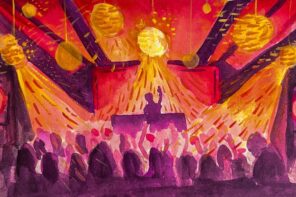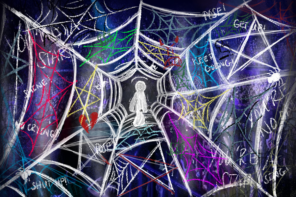Ethiopian jazz music is quickly becoming a standout favourite amongst music lovers. From its inception in the 1950s, the genre has spanned a wide array of cultural and political landscapes in its namesake country and has produced an incredibly large, beautiful, and diverse body of work. In under 30 minutes, this playlist highlights the best the genre has to offer, from its start to the modern reimaginings. Enjoy!
“Tezeta” by Mulatu Astatke
Astatke is widely regarded as the “father of ethio-jazz,” with his most popular song, “Tezeta,” which translates to mean nostalgia. The song is bright, airy and shows the brilliant musicianship that rests at the core of the ethio-jazz movement. No self-respecting playlist would be complete without this song or artist.
“Muziqa Heywete” by Getatchew Mekurya
Mekurya originally played traditional Ethiopian instruments like the washint flute, the krar, and the masenqo. In his later works, including this piece, he plays the saxophone. Throughout this song, we can see the influence of his musical upbringing and the beautiful intersection between Ethiopian tradition and typical jazz sounds.
“Homesickness” by Emahoy Tsegué-Maryam Guèbrou
Guèbrou is a performer who has lived a thousand lives. Over the course of her 99 years, she spoke seven languages, attended boarding school, was an ascetic, and was a prisoner of war. Her music is as riveting as her story, with each of her songs able to capture and communicate a specific emotion associated with a period in one’s life. This piece is a vibrant attestation to her talent and ability to musically translate emotions to listeners.
“Wede Harer Guzo” by Hailu Mergia & Dahlak Band
Recorded during the Derg regime, this song shows the resilience of Ethiopian jazz musicians in the face of censorship and political unrest. Even for long-time jazz fans, this peaceful track with reimagined scatting will feel fresh and new.
“Ené Alantchi Alnorem” by Girma Hadgu
“Ené Alantchi Alnorem” is a light and airy piece that accomplishes its sounds through a combination of wind instruments and actual recordings of the wind. The song serves as a sonically beautiful example of the creative recording styles present throughout the history of the genre.
“Blue Light” by Mulatu Astatke and Black Jesus Experience
This ethio-jazz and rap piece featuring Astake is the most recent piece on this playlist, coming out in 2020. Black Jesus Experience masterfully showcases the ability of the genre to adapt and evolve to appeal to modern audiences. The percussion in “Blue Light” drives the piece forward, enabling the rap to emerge seamlessly from the instrumental breaks.


